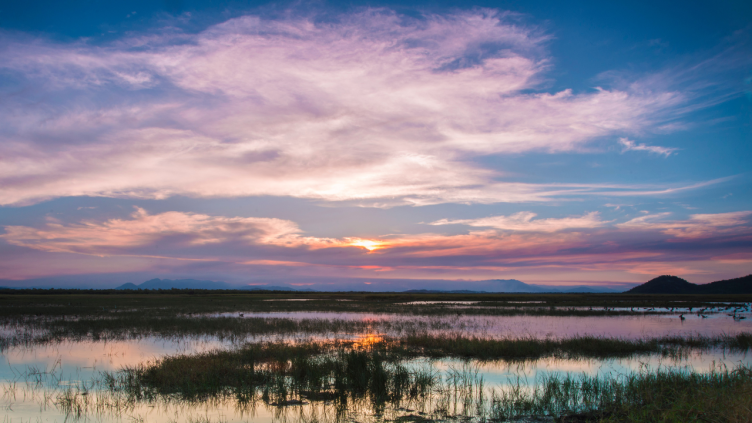Bankable science for investments in nature

We know that companies need a pipeline of “bankable” projects to scale up investment in nature-based solutions, but what role can "bankable" science play in building their portfolios?
Today at the Corporate Investments into Forests and Biodiversity event in Amsterdam, GEO brought together leaders from the investment sector, implementing partners and space agencies to explore how trusted science based on Earth observations can unlock investments in nature markets.
Risk—or uncertainty and error as its known in the scientific community—was front and center of discussions.
“As an investor, what we do day in day out is risk management, and for that we need a quantitative understanding of the quality of carbon credits over time, as well as qualitative information on communities on the ground,” said Andrew Holden, CFA, Investment Director for Carbon Projects at Arcmor Ventures.
WeForest, an organization that works with communities, local organizations and NGOs to develop scalable reforestation projects, has extensive experience of working with these local communities to achieve results. But despite this collaboration, and the use of the latest monitoring technology, WeForest still faces risks when selecting sites for restoration and is not able to consistently factor in all parameters, such as water salinity in mangroves.
This is where GEO and space agencies can play a role in providing the “bankable” science. “Planting mangroves can have huge impact, but there are risk factors when working with nature. With GEO and space agencies we can be more focused and precise in the way we select sites and manage projects,” said Marie-Noëlle Keijzer, WeForest CEO and Co-Founder.
Lola Fatoyinbo, Research Physical Scientist at NASA, explained how: “We’ve all seen satellite imagery, but what we can do with the GEO community is to develop holistic models of change over time—combining satellite data, scientific models and in situ data—which can be the scientific backbone for implementing projects."
The GEO Wetlands initiative aims to do just this, pulling together the necessary experts and stakeholders to develop global, integrated Earth observation-based tools and services for improved wetlands conservation and accelerated restoration. The missing piece of the puzzle? Early investment capital for GEO Wetlands itself. Given the size of the prize—ecosystem services from wetlands are worth an estimated US $47 trillion a year—we think it offers good returns.